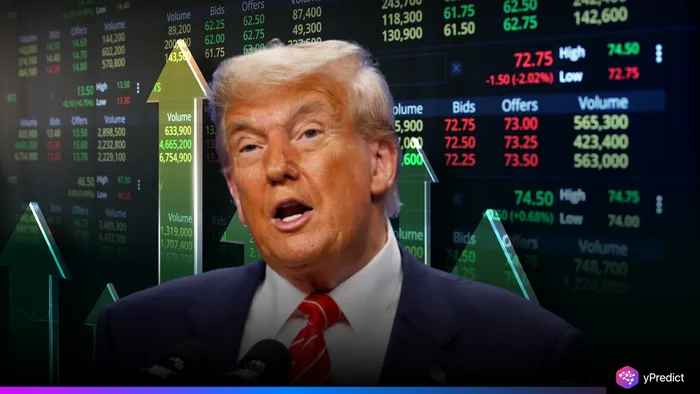
In a move that once again pushes back traditional boundaries regarding trade with Europe, U.S. President Donald Trump recently announced he will take a confrontational stance with Europe on trade. The latest shock for yen currency traders was Trump’s announcement of a 30% import tax on European Union (EU) imports, which is something the EU was not expecting. Only a short while ago, EU negotiators believed they were close to concluding a temporary deal with Washington that would have capped all tariffs to 10%, with key exemptions for cars, agriculture, etc.
However, now, the once optimistic feeling has turned to urgency, and EU officials are eager to find a result. EU officials are worried that things could unravel quickly, after years of painstaking trade relations. The August 1 deadline looms, and the EU has limited options, but is exploring all diplomatic and strategic options to protect its economic interests and market stability.
Brussels Looks to Allies for a United Trade Front
\Faced with Trump’s threats, EU leaders have reached out to other U.S. trade targets such as Canada and Japan. European Commission President Ursula von der Leyen is set to speak with Canadian Prime Minister Mark Carney about coordinating their response. However, it will be hard to create a united front as Washington is likely to perceive any cooperation as hostile.
While the EU sentiment is to remain calm, there is growing momentum internally. France has been calling for a stronger response. President Emmanuel Macron stated that the bloc must “defend Europe’s interests swifty.” Macron’s remarks exhibit the growing rift between member states who wish to continue negotiating and some member states that have become frustrated with their perceived concessions.
EU Tariff Threats and the Bloc’s Economic Leverage
Despite increasing tensions, Brussels still has significant economic clout. The EU’s market of 450 million consumers translates to bargaining power any way you look at it, and trade data show the EU is still one of the biggest purchasers of U.S. goods and services. EU officials have indicated there are a variety of counter-measures available to them should Trump go ahead with his threats, although none have been made publicly or operationally available
In the meantime, the Commission is trying to conclude a provisional agreement before Trump’s deadline. The objective of talks to reduce tariffs and to establish key exemptions isn’t clear yet. Meanwhile the time to finalize these negotiations has the comfort of the existing temporary suspension of any existing U.S. tariffs on EU steel and aluminum.
Frustration Builds as Trade Ministers Seek Common Ground
EU trade ministers met in Brussels with growing frustration about repeated adjustments to U.S. demands. Many criticized Trump’s unpredictable use of trade policy to assert power, which keeps changing deal terms unexpectedly. Von der Leyen continues pushing for cooperation, but leaders worry Trump’s approach could risk future EU negotiations. Beyond frustration, ministers face a bigger concern—Trump’s insistence on unilateral action challenges Europe’s ability to protect global interests. EU leaders must work together as any deal needs full parliamentary approval from all 27 member states. Achieving that unity has become harder with each negotiation round.
The Road Ahead for Europe’s Trade Strategy
With the August 1 deadline looming, it seems that Brussels is faced with extreme challenge in balancing diplomacy and defense. The EU remains committed to reach a fair and diplomatic deal, but will readily unleash its eminent economic power as a weapon if they feel they are being pushed too far. With July approaching, the focus on trade diplomacy is turning into a race against time.
The next few weeks will answer the question whether this is simply a ruse by Trump, or a serious attempt to impose new tariffs that will fundamentally alter global trade. Either way, the EU is ready to respond, with or without cooperation from the U.S.







